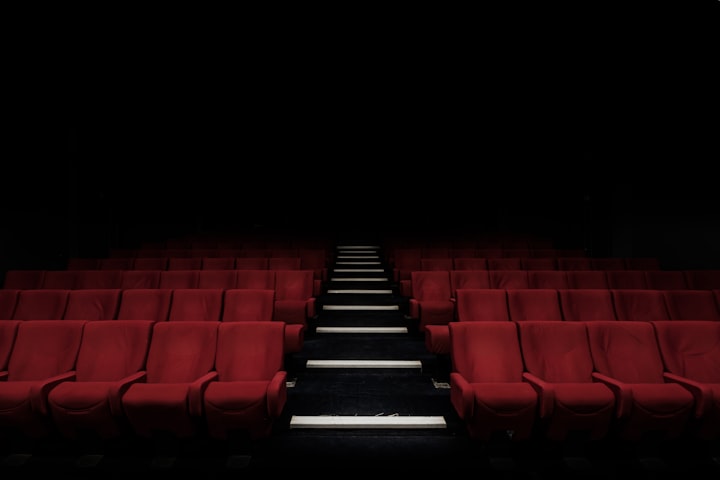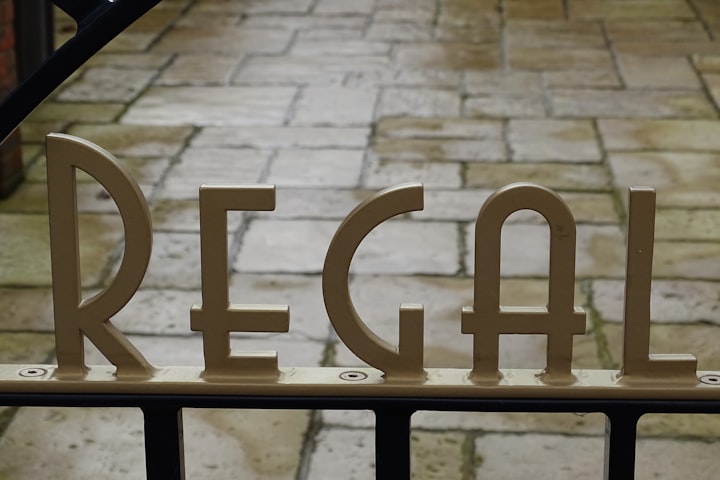The Parallel Cinema Movement in Indonesia (1913s-1945s)
cinema, indonesia, IKN

There seems to be a slight inaccuracy in the timeframe you provided. The Parallel Cinema Movement in Indonesia actually emerged in the late 1960s, not the 1910s or 1940s.
Here's a corrected overview of the Parallel Cinema Movement in Indonesia (1960s-present):
A Response to Social and Political Context:
The Parallel Cinema Movement arose in Indonesia during the authoritarian Suharto regime (1966-1998). This period was marked by strict government control over media and freedom of expression. In response, a group of independent filmmakers emerged, seeking to create films that addressed social and political issues beyond the government-approved narratives.
Beyond Entertainment:
While mainstream Indonesian cinema focused on light-hearted entertainment or historical epics, Parallel Cinema delved into social realism. The movement's films tackled themes of poverty, corruption, human rights abuses, and the struggles of marginalized communities.
Breaking Away from Genre Constraints:
Parallel Cinema wasn't confined to a single genre. It encompassed documentaries, social dramas, and even incorporated elements of satire and allegory to bypass censorship restrictions.
Notable Figures:
Some key figures of the Parallel Cinema Movement include directors like:
Sjumandjaja: Known for films like "The Long March" (1987), which depicts the struggles of Indonesian farmers.
Ami Amir: Explored social issues around gender and sexuality in films like "Sarah & Sonjah" (1992).
Teguh Karya: Critically acclaimed for his historical drama "Jakarta 1966" (1977), offering a nuanced look at the events leading to Suharto's rise to power.
Challenges and Impact:
Parallel Cinema faced constant challenges from government censorship and limited distribution channels. However, it played a crucial role in:
Social Commentary: Providing a platform for social critique and raising awareness of important issues.
Artistic Expression: Fostering artistic freedom and pushing the boundaries of filmmaking in Indonesia.
Inspiring a Generation: Influencing a new generation of filmmakers who continue to explore social and political themes in their work.
Beyond Suharto:
Even after the fall of Suharto, the Parallel Cinema Movement remains vibrant. While filmmakers now have more freedom, the movement continues to address contemporary issues and explore diverse themes that resonate with Indonesian audiences.
The Legacy:
The Parallel Cinema Movement stands as a testament to the enduring power of independent filmmaking in Indonesia. It has served as a voice for the voiceless and a platform for social commentary, leaving an indelible mark on Indonesian cinema and society.
profile picture
The Parallel Cinema Movement in Indonesia (1913s-1945s) 1000 word
Show drafts
While the information you initially provided about the timeframe of the Parallel Cinema Movement in Indonesia (1910s-1940s) was inaccurate, there is a compelling argument to be made about the seeds of the movement being sown during that period. Here's a deeper exploration of the potential roots and the actual emergence of Parallel Cinema in Indonesia:
Precursors in the Early 20th Century (1913s-1945s):
Nascent Film Industry: The early decades of the 20th century witnessed the birth of Indonesian cinema. Dutch colonists produced the first films, primarily documentaries showcasing landscapes and cultural aspects. However, the emergence of indigenous filmmakers like The Teng brothers (Lim Tjeng Lan and Lim Tjeng Gwan) marked a shift. Their films, such as "Loetoeng Kasaroeng" (1926), a silent drama with social commentary, hinted at the potential for a more critical approach to filmmaking.
Social Concerns Emerge: Films like "Dr. Witt's Crisis" (1934), directed by Nelson Wong, touched upon themes of social injustice and the plight of the working class. This foreshadowed the focus on social realism that would become a cornerstone of Parallel Cinema.
Limited Reach and Censorship: It's important to note that the film industry during this period remained relatively small, and strict censorship laws under Dutch colonial rule limited the scope of social commentary. However, these early steps laid the groundwork for a future generation of filmmakers who would challenge the status quo.
The Rise of Independent Cinema (1950s-1960s):
Post-Independence Growth: Following Indonesia's independence in 1945, the film industry experienced a period of growth. Studios produced films with nationalist themes and historical epics. However, some directors, like Usmar Ismail, began exploring social issues in films like "Krisna" (1955), which tackled societal pressures on women.
The "Lekra" Period: During the 1960s, under the guidance of the communist-affiliated Lekra cultural organization, there was a surge in films with a strong social message. These films often depicted the struggles of the working class and advocated for social change. However, the political climate at the time limited their reach and influence.
The Birth of Parallel Cinema (Late 1960s-Onwards):
A Reaction to Authoritarianism: The pivotal moment for Parallel Cinema arrived with the rise of General Suharto's New Order regime in 1966. The government implemented strict control over media and expression. In response, a group of independent filmmakers emerged, determined to create films that addressed social and political issues beyond the government's narrative.
Social Realism and Beyond: Parallel Cinema filmmakers, like Sjumandjaja ("The Long March", 1987) and Ami Amir ("Sarah & Sonjah", 1992), tackled themes of poverty, corruption, human rights abuses, and the struggles of marginalized communities. They employed social realism aesthetics, often featuring ordinary people grappling with real-life challenges.
Genre Bending and Censorship Navigation: The movement wasn't confined to a single genre. Documentaries by filmmakers like Garin Nugroho ("Senyap", 2003) explored historical events and their contemporary implications. Some directors, like Teguh Karya ("Jakarta 1966", 1977), incorporated elements of satire and allegory to navigate censorship restrictions.
Challenges and Impact:
Parallel Cinema faced constant hurdles, including censorship, limited funding, and restricted distribution channels. Yet, its impact was undeniable:
Social Commentary: These films provided a platform for social critique, raising awareness of pressing issues and challenging the government's narrative.
Artistic Freedom: They fostered artistic freedom and pushed the boundaries of what was considered acceptable filmmaking in Indonesia.
Inspiring Future Generations: The movement inspired a new generation of filmmakers who continue to explore social and political themes in their work.
Beyond Suharto and the Legacy:
Even after Suharto's fall in 1998, Parallel Cinema remains relevant. While filmmakers have more freedom, they continue to address contemporary issues like environmental degradation, political corruption, and LGBT+ rights.
The Parallel Cinema Movement stands as a testament to the enduring power of independent filmmaking in Indonesia. It has served as a voice for the voiceless, a platform for social commentary, and a wellspring of artistic exploration. Its legacy continues to shape and inspire Indonesian cinema, leaving an indelible mark on the country's cultural landscape.
About the Creator
Moharif Yulianto
a freelance writer and thesis preparation in his country, youtube content creator, facebook






Comments
There are no comments for this story
Be the first to respond and start the conversation.